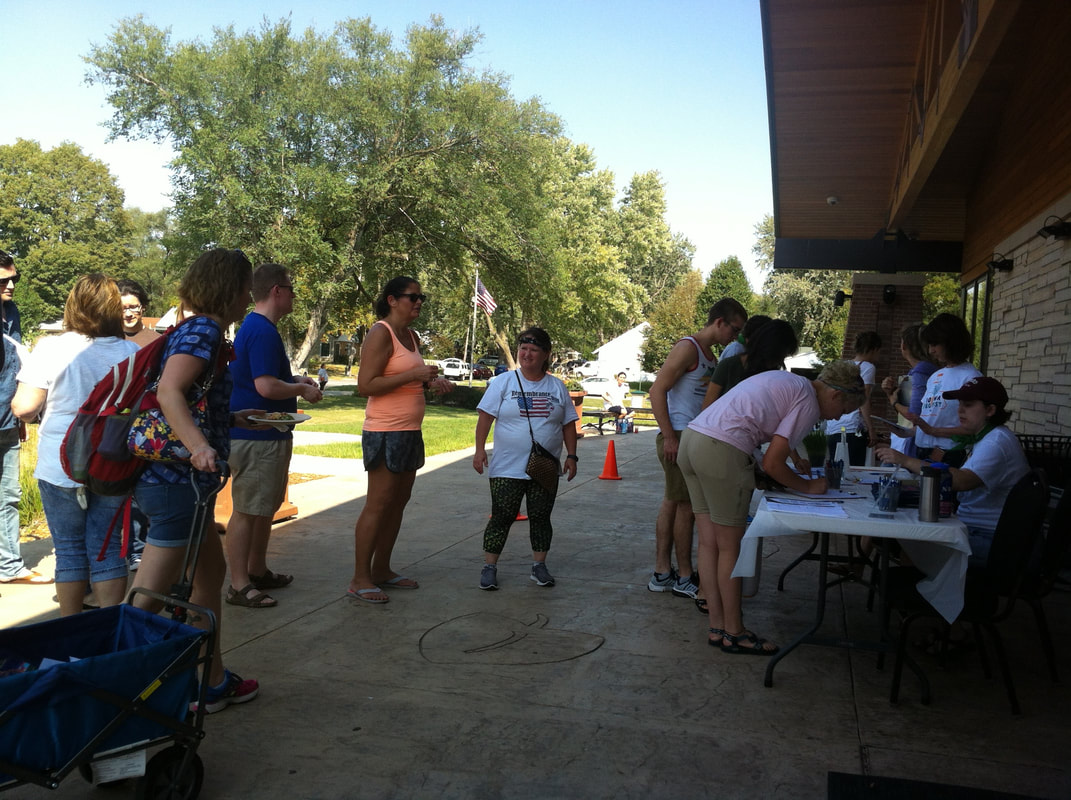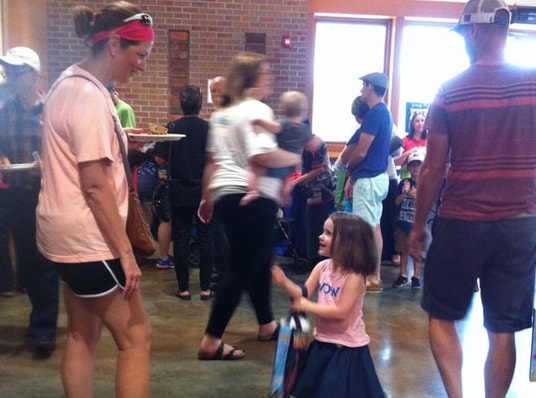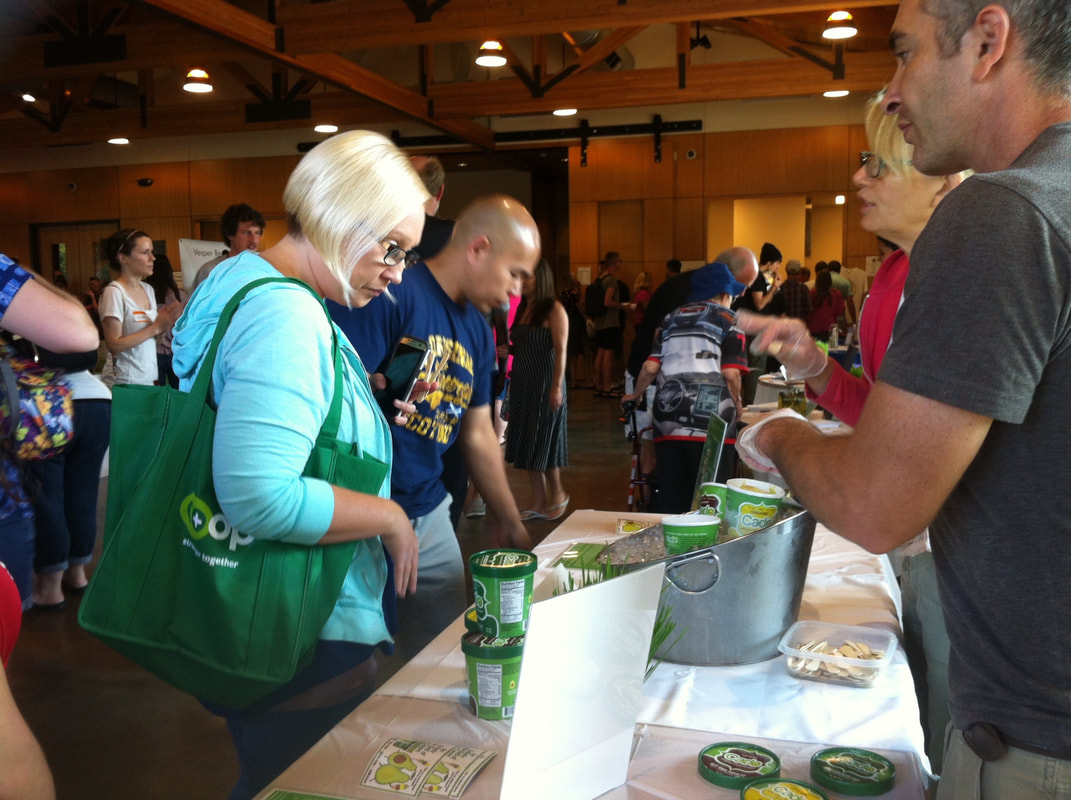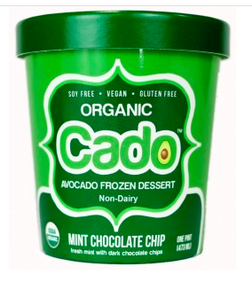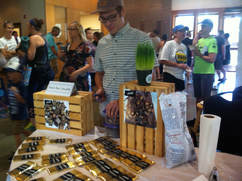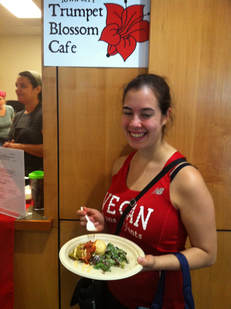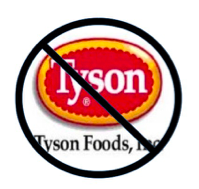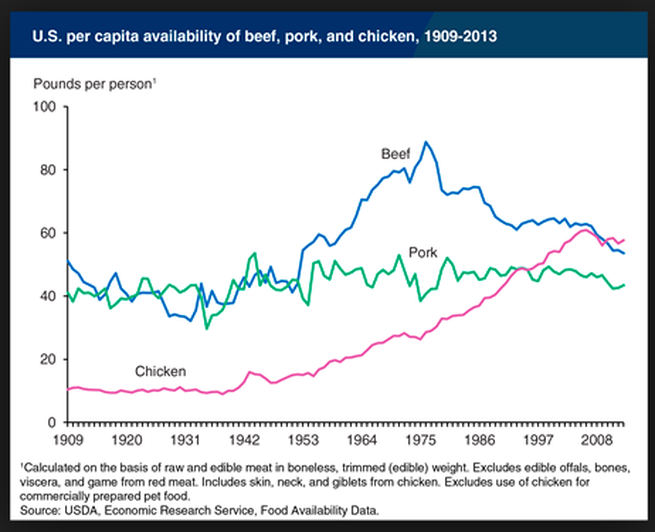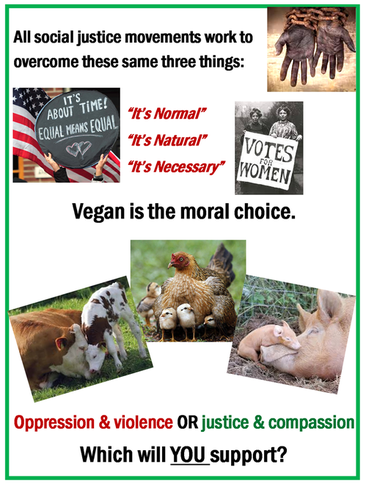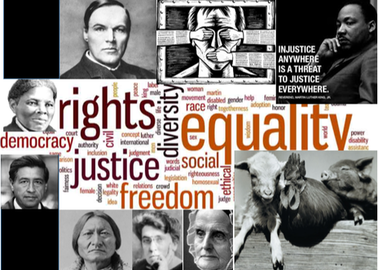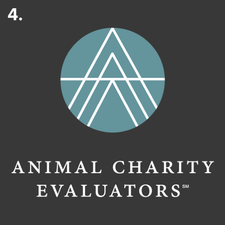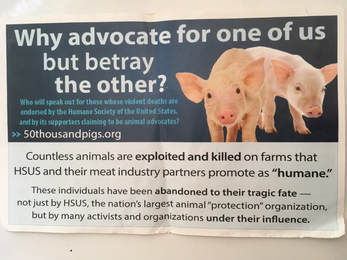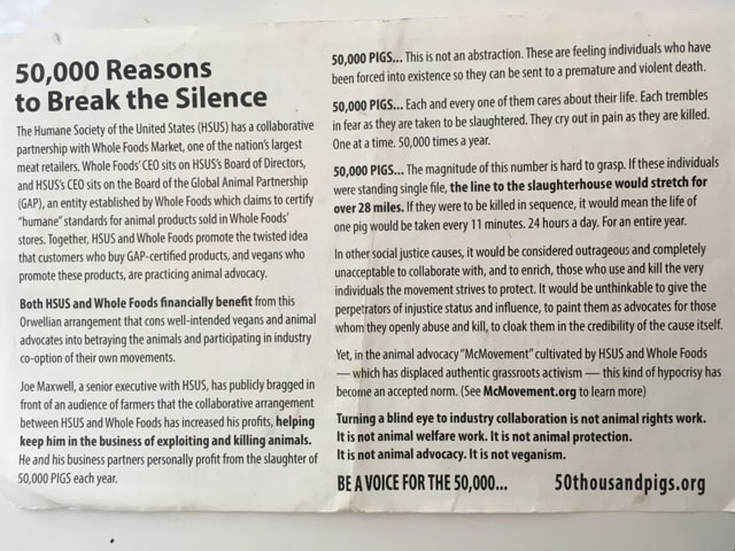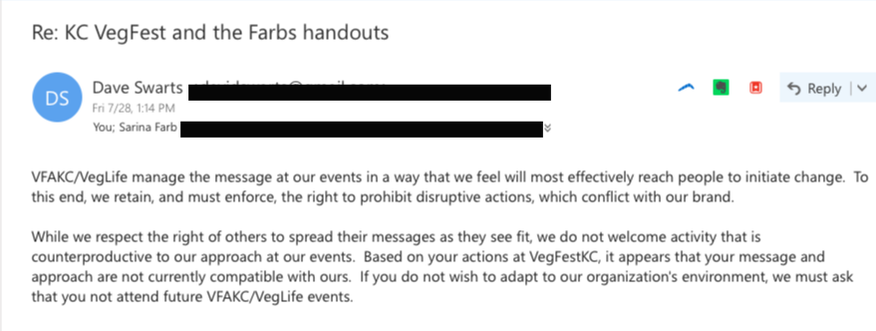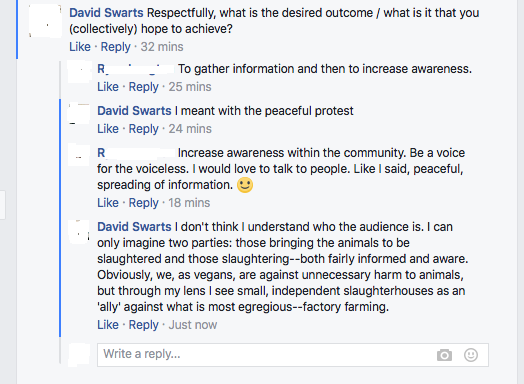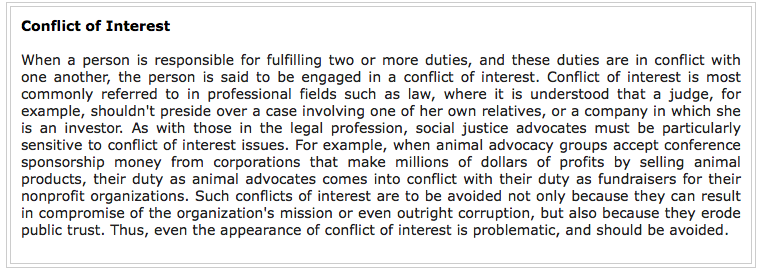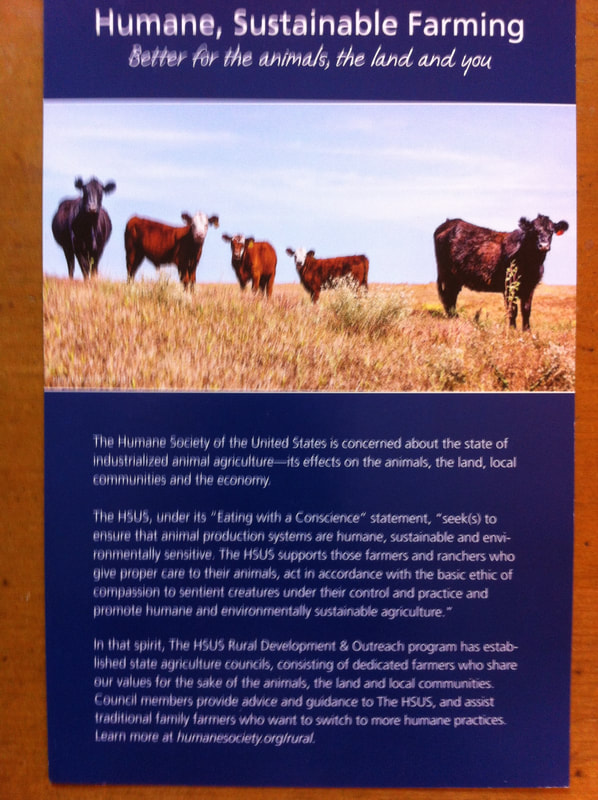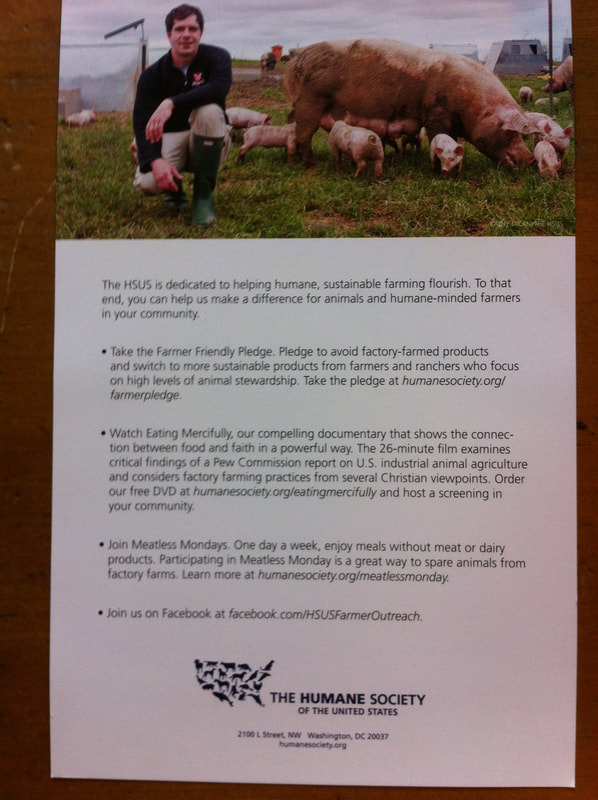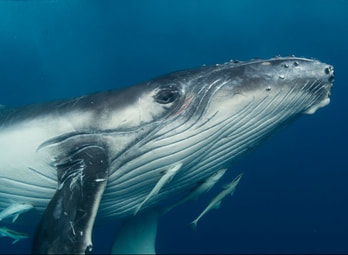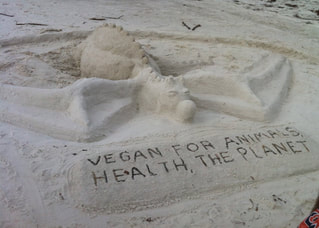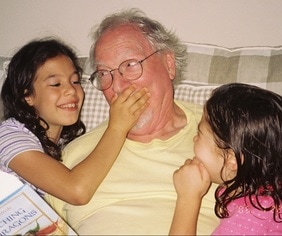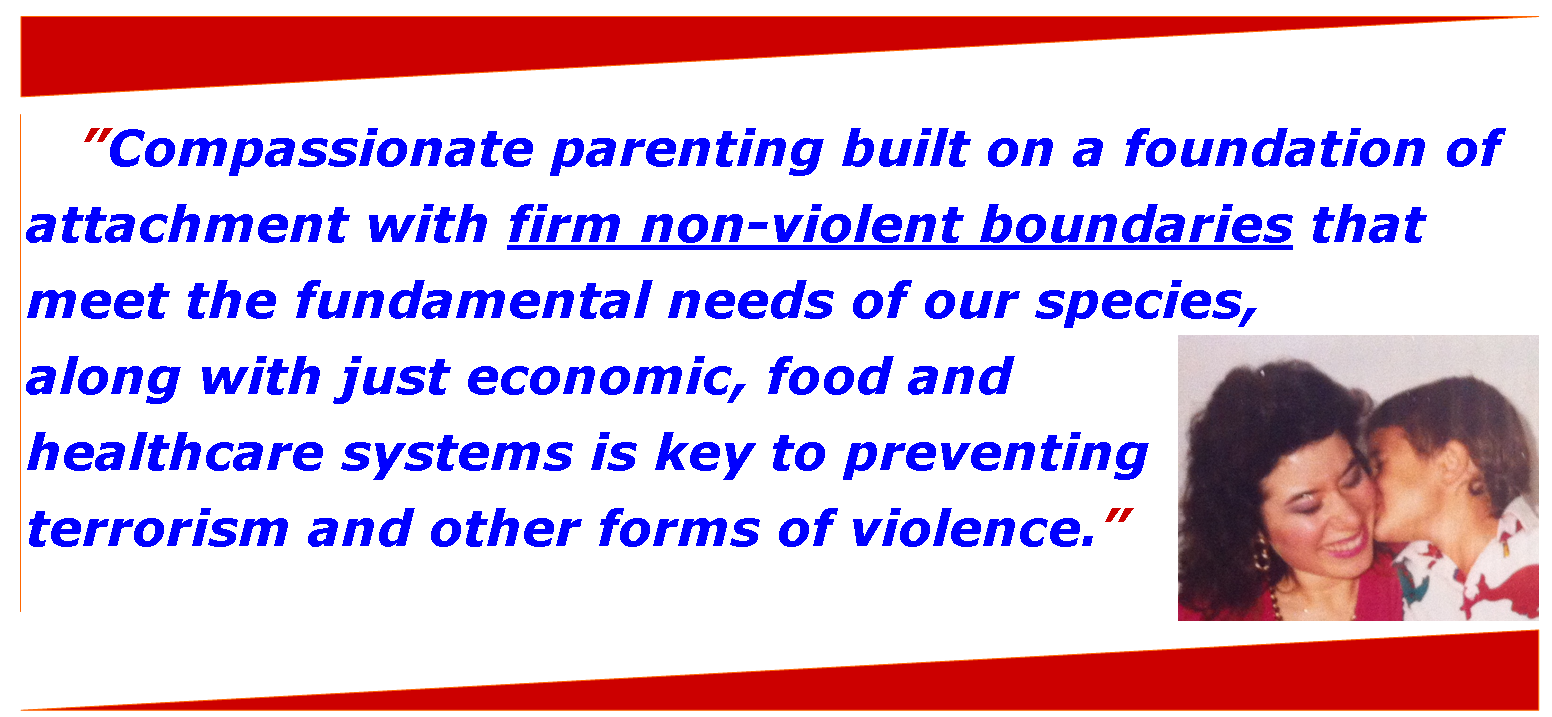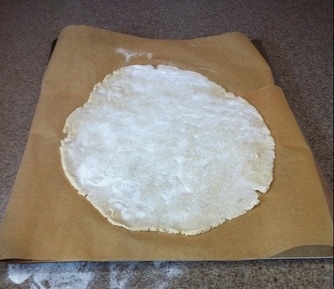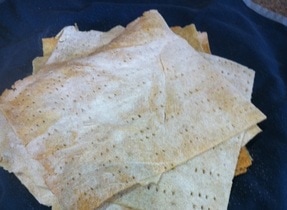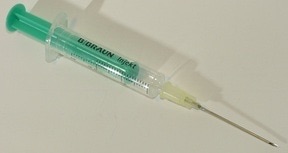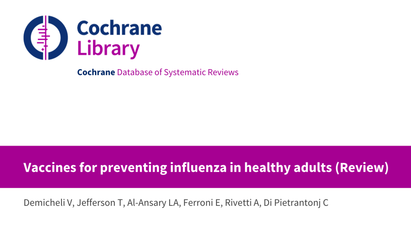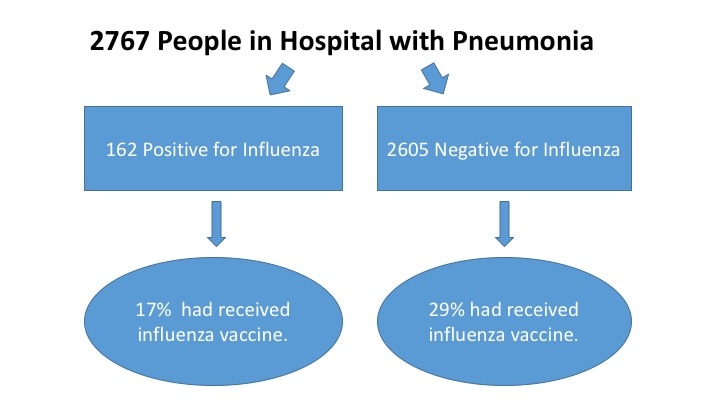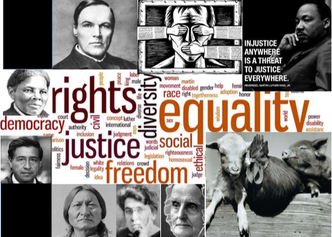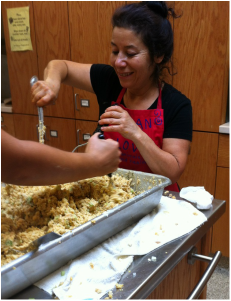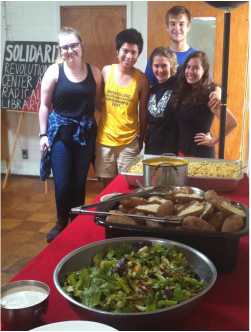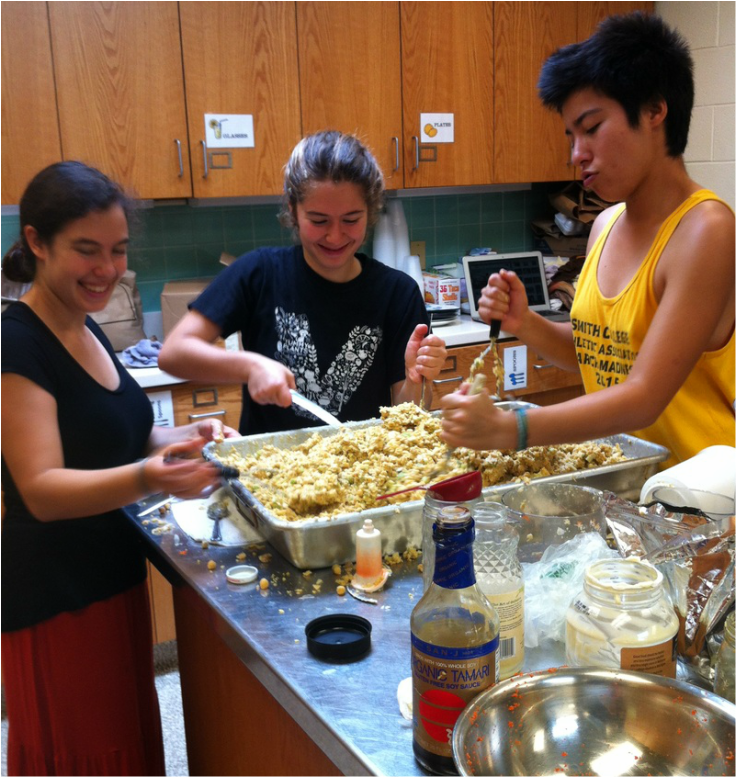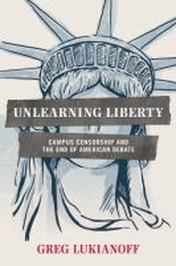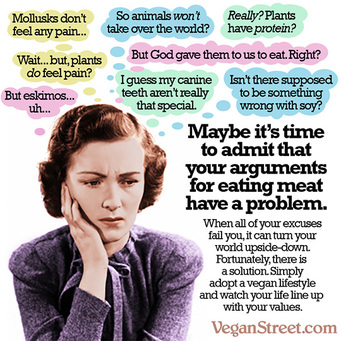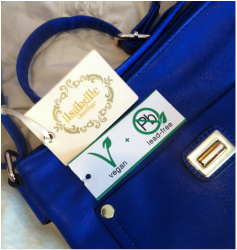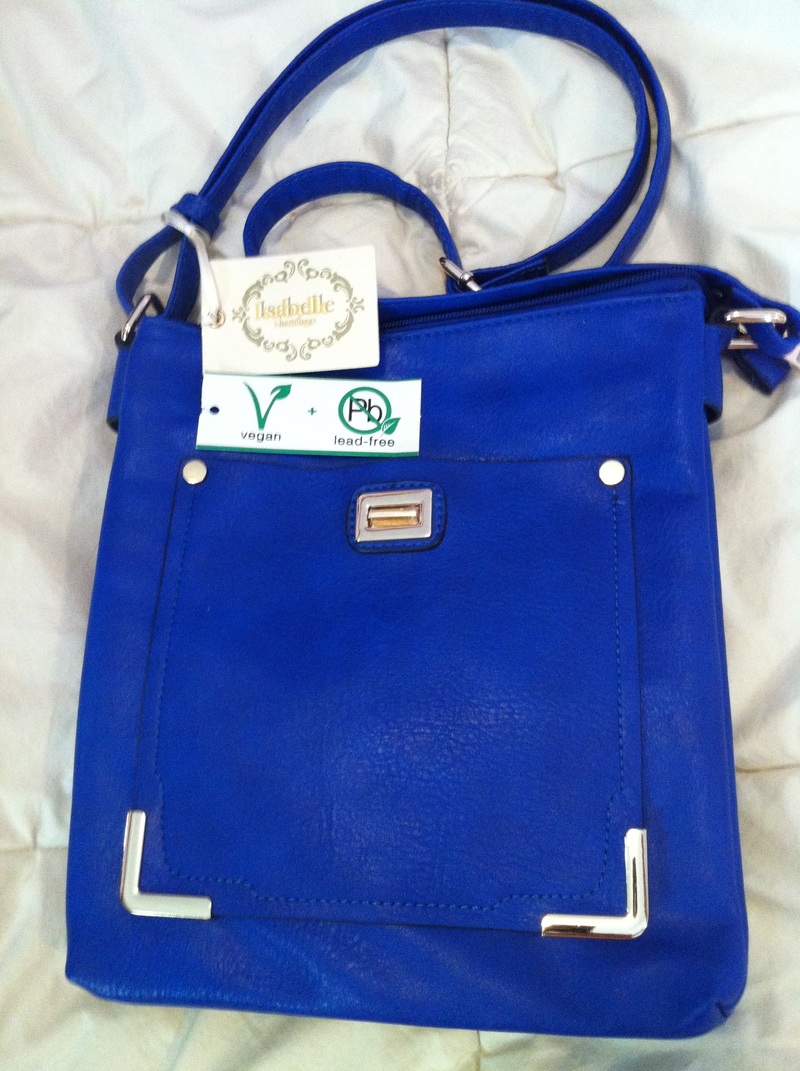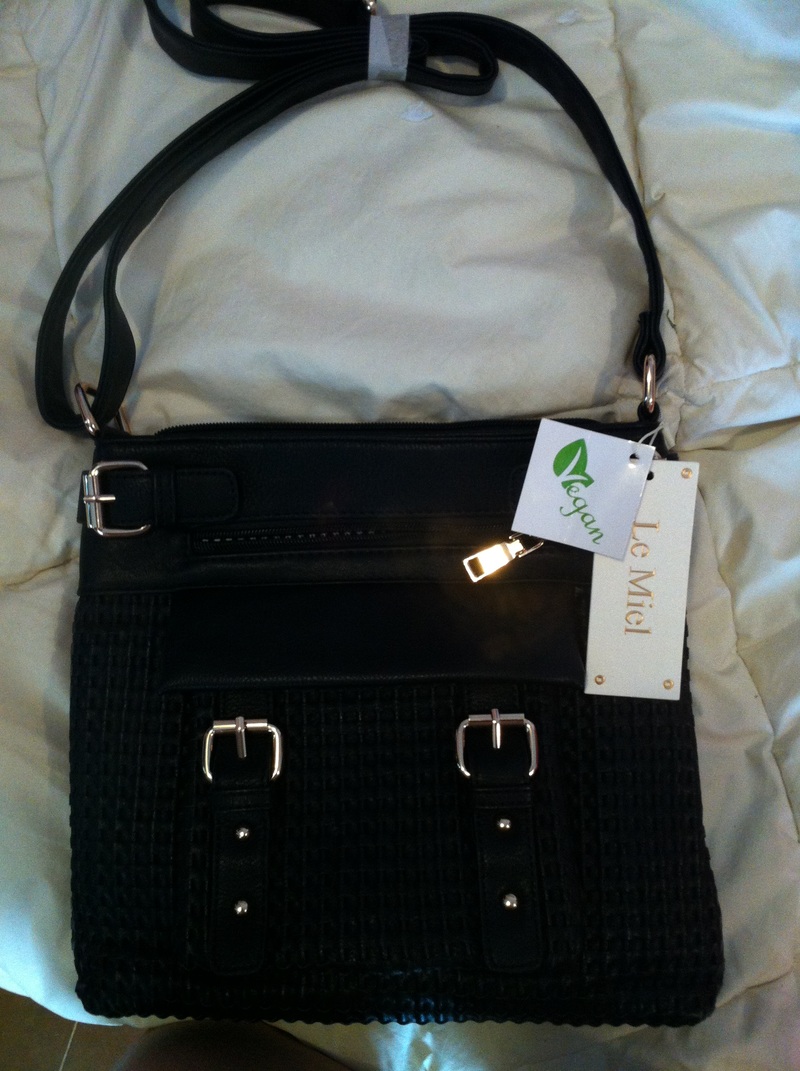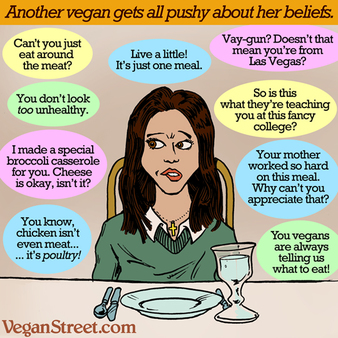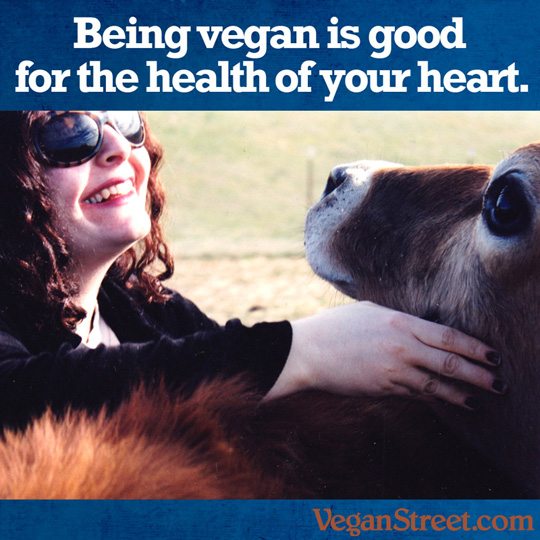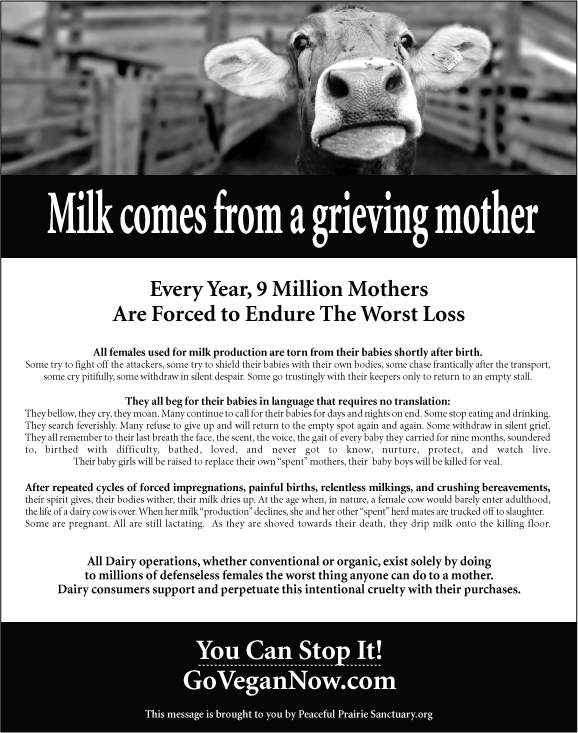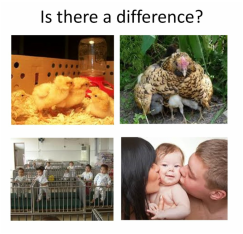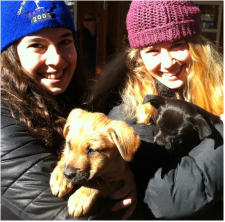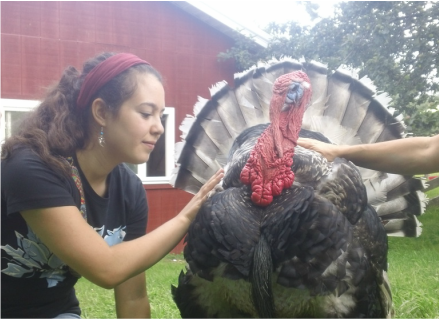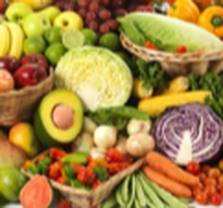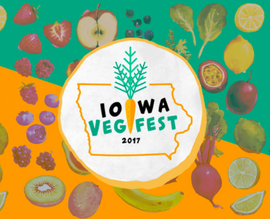
In considering whether it would be worth the drive to Des Moines to attend this event, we first looked to see who the event's sponsors would be. When we saw that HSUS was NOT a sponsor, we made the decision to attend. We had seen how HSUS sponsorship of Kansas City's first vegfest had totally co-opted that event's messaging. In contrast to what happened at the KC Vegfest (where that event's speakers, supposedly representing veganism, actually told the audience that they saw little problem with meat-eating and killing animals as long as the animals were raised on small farms,) Iowa Vegfest speakers were very clear: there is no way to enslave and kill other beings and have it be "humane."
The Iowa Vegfest was held at Windsor Heights Community Center in West Des Moines -- just a few minutes drive from the interstate, making it very easy to get to. As this was their first vegfest, and in the farm-belt, I was expecting a small, cozy event. So I was pleasantly surprised to arrive and find no parking spaces in the parking lot and cars lining the streets more than a block away. Then I saw some people sporting, "vegan" shirts walking towards the event. As I approached the building, there were many others arriving too (below left.) A table welcomed attendees who were given a goodie bag and invited to either go inside where there were vendors or outside to the park where the speakers and other activities would be. I first went inside, and as I marveled at the great attendance, noticed this beautiful little girl (below right) wearing a shirt, that said "Wow" on it. My sentiments exactly!
| I also enjoyed tastes of some delicious vegan chocolate bars that were also fair trade, and non-GMO certified. There were kale chips, vegan candies, protein powders and personal care items for sampling too. For lunch my daughter and I ordered a really delicious falafel waffle, with yummy hummus and a tossed salad with an incredible creamy dressing -- all for just just five dollars from the much renowned Trumpet Blossom Cafe (FYI -- Trumpet Blossom is worth driving out of your way so you can go through Iowa City where their restaurant is, in order to dine there!) All of that however was INSIDE -- Outside there was much more.... Ben Spellman of Good Vibes Yoga taught a free yoga class, Cadry Nelson of Cadry's Kitchen gave a presentation, and nearby there was a nice little set up for children to have some fun (see below.) |
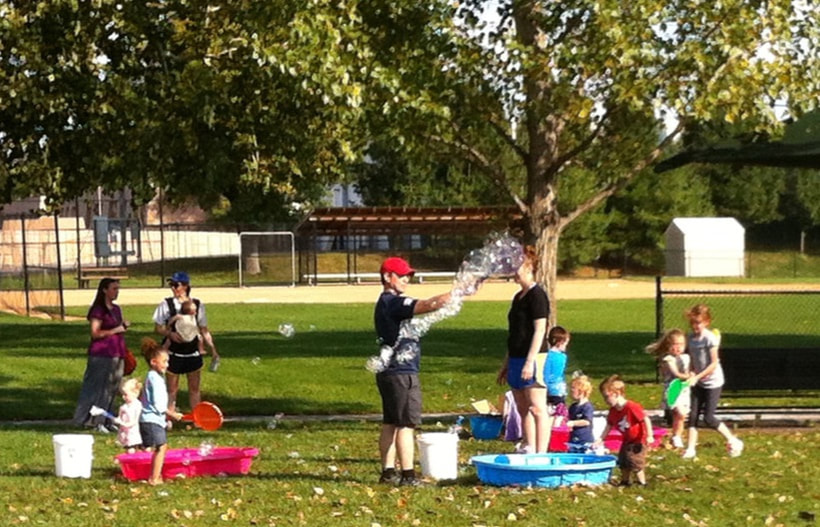
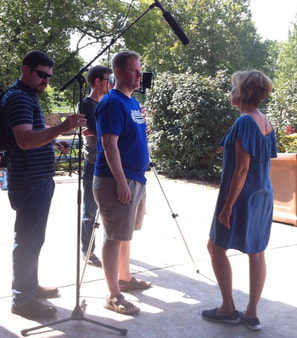
Another interesting part of the event, was meeting a medical doctor who came there with his documentary crew and was interviewing people for a new documentary he is making, after his own health was saved by eliminating meat, dairy and eggs.
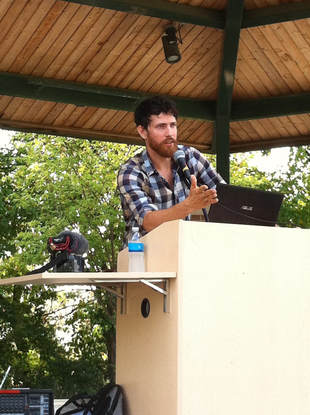
But perhaps the highlight for me was hearing Mic the vegan speak and also getting to chat informally with him and his partner. Mic is a very popular "Vegan Science You Tuber" who makes a series of short pithy videos addressing specific subjects by referencing the published scientific literature and helping us to make sense of the sometimes confusing claims about what the data actually supports.
Check him out -- In This 13 minute video, Mic debunks claims by others who have claimed they are debunking, the popular documentary, What the Health.

Who knew -- when I was a new mother raising my vegan children in Kansas in the 1990's and wishing there were more vegan families in the midwest, just one state away -- Amira's mother was doing the same thing!
The peaceful revolution is growing!
